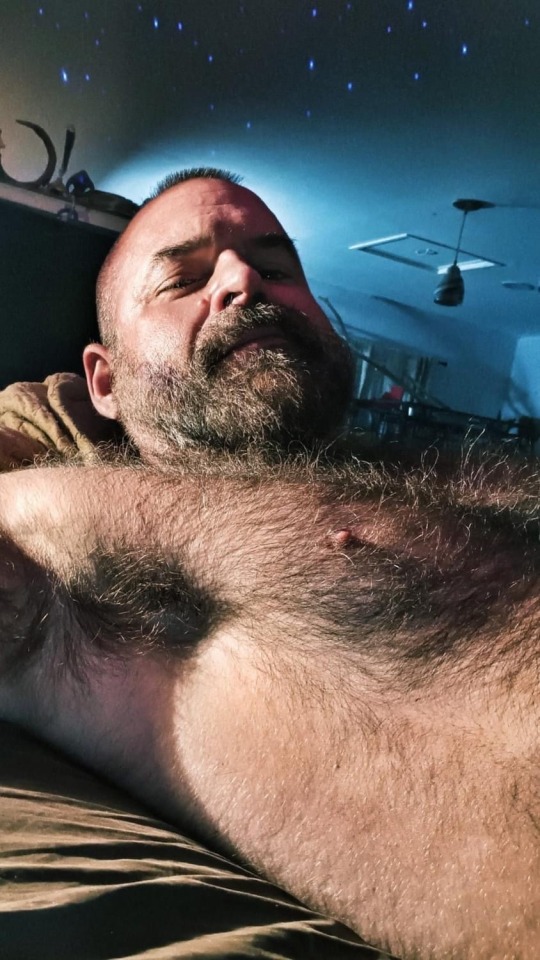#Beards and Mustaches
Text

Alexander the Great's surprising battlefield decision proved pivotal for facial hair norms that lasted hundreds of years. Photograph By Bridgeman Images
Beards and Mustaches Have a Weirder History Than You Think
No-Shave November may be a modern phenomenon. But our love-hate relationship with beards and mustaches dates back to the days of Alexander the Great.
— By Dina Fine Maron | November 7, 2023
More than 2,000 years ago, as Alexander the Great’s troops prepared for a pivotal battle over Asia, the famous Macedonian commander learned that his troops were outnumbered by at least five to one. To help assuage some of his force’s anxiety, Alexander issued an unusual order—his troops needed to shave. Why? It was too easy, he said, for their foes to grab Macedonian beards.
The move, coupled with Alexander’s surprising success on the battlefield, fueled a trend in beardlessness among Greek and Roman men that endured for the next 400 years, according to historian Christopher Oldstone-Moore, who wrote the 2015 book Of Beards and Men: the Revealing History of Facial Hair.

This tweezer-razor made of bronze or copper alloy and crafted more than 3,000 years ago in Egypt, was found in a coffin in the tomb of Neferkhawet, a scribe who lived around 1500 B.C.
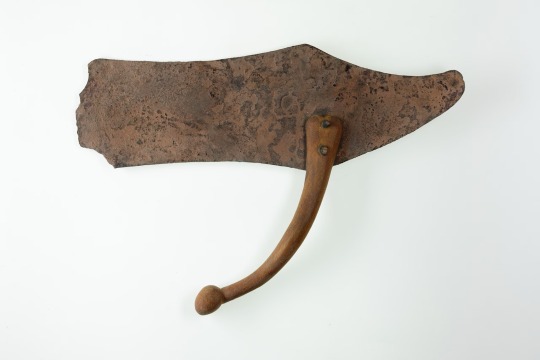
The razor of Amenemhat, the father of Neferkhawet, made of similar materials, was found in the same tomb in the mid-1930s. Photographs By The Metropolitan Museum of Art, New York, Rogers Fund, 1935
Alexander’s wartime decision was really a turning point for facial hair, says Oldstone-Moore, who is himself currently clean-shaven. “The history of men is literally written on their faces,” he writes in his book. Indeed, long before modern movements like No-Shave November or Movember were founded to raise awareness for cancer research and other causes, trends in men’s facial hair have waxed and waned alongside the societal significance of being clean-shaven, whiskered, or mustachioed. Men’s personal grooming, according to historical books and peer-reviewed studies, extends across art, politics, and even into the court room. Much of that work to date focuses on European and American trends, though beard choices have long been meaningful to communities and religions around the world, signaling, among other things, religious piety for Muslims and Jews.
Shaving facial hair dates as far back as the Sumerians and Egyptians, who used razors made of copper or bronze. Generally, however, most men in ancient times favored beards and it was considered arduous and sometimes also unsafe to shave. Still, for most men it wasn’t about being “too lazy to shave,” either then or now, says Oldstone-Moore, an emeritus lecturer at Wright State University, in Ohio. “Fashionable men would still have to go to barbers and have their beards cared for properly, and they’d have oils and combs and that sort of thing.”
The Regal Power of Facial Hair
Facial hair has often been equated with masculinity and related patriarchal power, but that hirsute power is sometimes transferrable: Notably, Pharaoh Hatshepsut (ca 1508– 1458 B.C.) donned an artificial beard when she ruled Egypt for more than two decades. Egyptian kings had previously fashioned themselves in stylized ways, with wigs and crowns and artificial decorative beards, Oldstone-Moore notes, so Hatshepsut’s beard was aligned with her predecessors’ sartorial customs.

Hatshepsut (ca 1508– 1458 B.C.) wore an artificial beard when she ruled Egypt, but her male predecessors had already normalized wearing decorative beards. Photograph By Rogers Fund, 1931, The Metropolitan Museum of Art, New York
Beards were later of such import that Shakespeare explicitly mentions them in all but four of his plays, notes historian Will Fisher in the journal Renaissance Quarterly in 2001. Moreover, he writes, analysis of a collection of about 300 portraits of European men from the 1500s and 1600s indicates that for every portrait of a man without a beard, there were about 10 portraits of men with beards. Styles of the time included the thin, angular “stiletto,” a fuller “square cut,” and even a double-tufted “swallowtail.”
Can Facial Hair Make You Sick?
Ideas about the significance of men’s beards have made it into medical books. Growth of facial hair, Renaissance physicians wrote, was explicitly tied to the production of semen, an idea presaged by classical Greek scientists who theorized that men have “vital heat” which explains their size, strength, and hairiness. According to this false theory, both sexes produce this vital heat, which then gives rise to semen, yet women’s bodies aren’t equipped to handle significant amounts of it.
By this way of thinking, Oldstone-Moore writes, only a man’s body could survive growing a beard. In classical Greece, people believed if a post-menopausal woman grew some facial hair, sickened, and eventually died, she simply had an unnatural buildup of semen, and facial hair was a symptom of that underlying issue.
Adding another layer to that theory, German abbess Hildegard of Bingen, around the year 1160, offered that the reason facial hair occurred exclusively around the mouth—rather than, say, on the forehead—was because of men’s hot breath. Women, according to Hildegard’s writings, wouldn’t have breath that was as hot as a man’s because men were formed from the “earth,” whereas females were formed from men, she then explained, tying her thinking back to creation ideology.
By the 1700s, when shaving once again became de rigeur and it was considered respectable and gentlemanly to shave, the phrase “clean-shaven” took hold. In the nineteenth century, Louis Pasteur’s germ theory also further shored up medical support for shaving: Facial hair, doctors warned, was a microbe haven. Indeed, one French scientist noted in a 1907 experiment that the lips of a woman kissed by a mustached man were “polluted with tuberculosis and diphtheria bacteria, as well as food particles and a hair from a spider’s leg.” A study in the Lancet around that same time also concluded that shaven men were less likely to develop colds. The work argued that soap could be more effective on a hairless face, according to Oldstone-Moore.

King C. Gillette patented his famous safety razor in the U.S. in 1904. Employers at the turn of the century expected their workers to be clean-shaven. Photograph By Bettmann, Getty Images

This Gillette safety razor, photographed with its original box, was from the 1930s, when shaving cream and equipment fueled millions of dollars in sales in the United States annually. Photograph By Science & Society Picture Library , Getty Images
Workplace Norms and Controversies
Workplaces in the early 1900s and onward also regulated facial hair and instituted requirements for its male workforce to shave as a key sign of professionalism and cleanliness. Relatedly, in 1904, King C. Gillette patented his safety razor in the U.S. and by 1937, Oldstone-Moore writes, shaving cream and related accessories had estimated sales of $80 million in the U.S. alone. (Related: See these world beard and mustache champion photos.)
Facial hair controversies also rose to the highest court in the land: A U.S. Supreme Court case in 1976, Kelley v. Johnson, even upheld an employers’ authority to dictate grooming standards for their employees. In that case, policemen of Suffolk County, New York, had taken issue with workplace standards that barred them from growing hair below their collars or facial hair except for a neatly trimmed mustache that didn’t extend onto the lip. The county successfully argued that these grooming regulations made police recognizable to the public and contributed to the cohesiveness of the force. In the years that followed, that case precedent was further applied to school employees and other workers across the country.
More than a dozen years after the Supreme Court ruling, in 1992, Massachusetts police officers pushed back against a statewide ban on facial hair among its officers. They, too, lost.
In more recent years, however, despite those standing court rulings, western facial hair norms have shifted, and employers have largely pulled back from stringent regulations, at least informally.
“Beards or facial hair of some sort often come back when gender or masculinity are being somehow debated,” says Alun Withey, a historian at the U.K.’s University of Exeter and author of the 2021 book Concerning Beards: Facial Hair, Health and Practice in Britain, 1650-1900. “Today there are multiple debates and challenges surrounding concepts of gender and the body, so perhaps the recent beard trends in part reflect this,” he says.
With increased facial freedom, a variety of personal grooming choices have now taken hold. But purveyors of men’s shaving and personal grooming equipment are not hurting—market analysis from June 2022 indicates that instead of razors, men are now instead investing more in electric trimmers.
0 notes
Text

Good mornin gays
1K notes
·
View notes
Text

@jonmartinweek Day 5 - cryptids | webs & weaving
when i saw the prompt webs & weaving i immediately thought about web!martin weaving spiderweb into jon's hair -- unbeknownst to jon who is just too blissed out by getting his hair touched, and apparently too asleep to notice his boyfriend has four hands (and also the, uh, spiders). the progression of gray in his hair is just subtle enough that jon can't make the connection which is perfect for martin who needs to keep track of him
bonus:
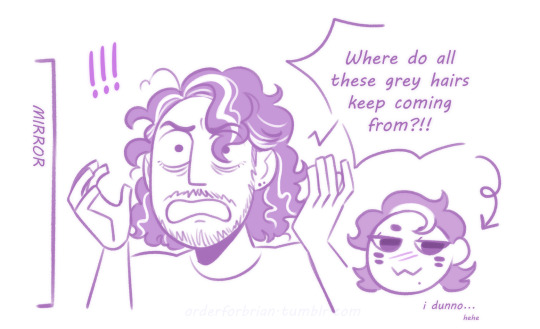
[START ID: Two drawings in purple hues of Jon and Web!Martin from a Web AU of The Magnus Archives. Jon is a thin Persian man with medium length, curly dark hair and a beard, all hair streaked with gray. Martin is a fat mixed Polish/Korean man with shaggy dark hair, a streak of white in one of his bangs, and several beauty marks on his skin. 1st image: Jon lays asleep on top of Martin's chest, his head nuzzled into the crook of Martin's neck. One hand is curled to his chest and the other rests behind Martin's head. He smiles blissfully, feeling perfectly safe while asleep. Martin looks down at Jon with a smile, one eye a bright magenta with a slit pupil. The other side of his face is obscured by Jon's head and shadow. One of Martin's hands holds Jon's hand on his chest, the other draped around Jon's low back. His other two hands have spiderweb wrapped around his fingers, the fingertips pointed into sharp claws. One is close to the nape of Jon's neck, the other held above Jon's head, both with shining white web pulled and connected to the greys in Jon's hair. Jon's hair lifts slightly in the back with the pull of the webbing, other parts curled around Martin's fingers. Several spiders crawl around Martin's skin, notably one across his cheek. Martin says in multiple speech bubbles, "Jon...Jon? Are you asleep? There's spiders in your hair...I'll take that as a yes" with a heart at the end. 2nd image: A simpler drawing, Jon looks into a mirror aghast at the amount of white in his hair, three exclamation points by his head. His arms hover around his hair, and he frustratedly shouts, "Where do all these grey hairs keep coming from?!!". An arrow points to a small drawing of Martin's head, looking to the side with a W smirk, now with eight eyes, says, "I dunno...hehe". End ID.]
#jon wakes up like 'how were you playing with my hair holding my hand and holding my back'#and martin is like 'teehee youre so silly when youre half asleep'#if martin weaves into jons hair then that means hes consciously weaving specific grays into jons eyebrow and beard hair too lol#and presumably any other hair he has access to#like martin brushes jons arm while laughing at a joke and boom there's the littlest gray hair there#goes to rub his cheek and puts a little gray in his mustache#jonmartinweek2024#the magnus archives#tma#tma au#jonathan sims#martin blackwood#jmart#jonmartin#teaholding#web!martin#web!martin au#idk if i ever shared my ship name for jon and web!martin but its websight heehee#websight🕸️👁️#order up! art tag
258 notes
·
View notes
Text

Kewl fur
#mustache#open shirt#furpect#hairy chest#furry chest#man fur#hot muscle#furry pecs#hot hunk#bearded#handsome#scruff#shades#chest hair
272 notes
·
View notes
Text
I think there’s also a conversation to be had about how people think androgyny is waify and thin and wolf cuts and eyeliner. like some people are butch. some people have crew cuts and body hair and tits to the moon. or beards and hourglass figures.
i feel like everyone is all uncomfortable seeing people who are androgynous in a non tiktok kind of way but thats most of the androgyny i know! i know normal people who arent put together 24/7 who are androgynous in sweat pants and sundresses and first thing in the morning. there is more than one way to be androgynous and it isnt always a choice.
#theres a hundred ways to be gnc and or androgynous please please dont think its just dark academia bitches from 2014#but like. fat trans women. hairy transmascs. enbies with phallo and tits. long hair and beards. mustaches and lipstick. hairy tits!#just in general fat people. fat trans people exist and there is such a pressure for hyper gendered presentation when youre fat#text#shush up jj#mine
709 notes
·
View notes
Text
Thought I'd share this cursed thought with everyone since I tortured @skyloftian-nutcase ( @luinhealthcare ) with it already hehe
Lofty's still on hiatus but that just means she'll get to revisit it when she's back in April😈
Enjoy Healthcare Hyrule with the ✨EMS Mustache✨ (featuring Mo🤭)




#something about drawing this cured my soul lol#Hyrule with a full on beard isn't too bad#but Hyrule with a mustache only is cursed haha#according to Lofty#Mo is a very large Major Armstrong looking guy#but with#full red hair#and a buzz cut haha#linked universe#linkeduniverse#lu fanart#lu in healthcare#hc hyrule#hc mo#lu hyrule
205 notes
·
View notes
Text
We ask your questions so you don’t have to! Submit your questions to have them posted anonymously as polls.
#polls#incognito polls#anonymous#tumblr polls#tumblr users#questions#polls about the body#submitted dec 9#facial hair#mustaches#beards
240 notes
·
View notes
Text

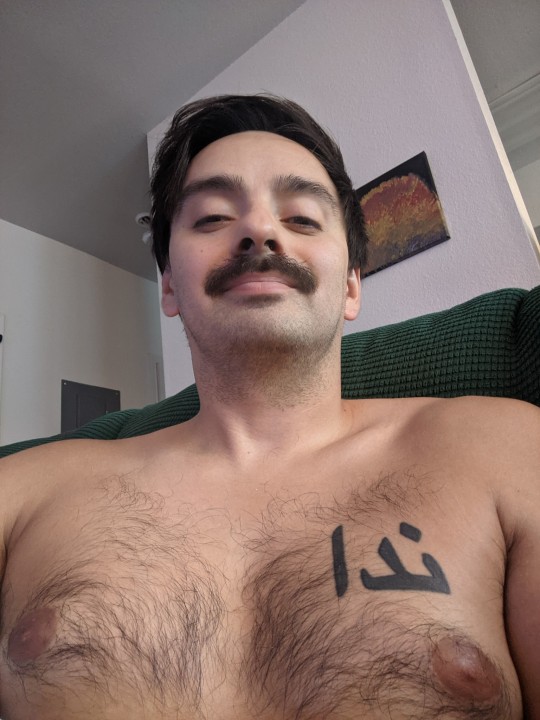


Currently growing my beard back out a bit, but I had a Mustache Era™ while I was gone
#ill be honest that my chin was a lot less defined without any hair 💀#i keep a minimum 5 oclock shadow now but beard getting longer for winter while leaving the mustache prominent#me#selfie#gay selfie#gay#mustache#facial hair
354 notes
·
View notes
Text

after a fresh chest hair trim
July 8th, 2023
#me#chest#shirtless?#unbuttoned#beard#gay#guy#bisexual#bi#mustache#hair#hairy#bearded#man#photography#selfie#photo
410 notes
·
View notes
Text

230 notes
·
View notes
Text

Tom Selleck fur
#tom selleck#furpect#hairy chest#furry chest#man fur#hot muscle#furry pecs#hot hunk#bearded#handsome#scruff#mustache#80s icons#chest hair#eye brows
269 notes
·
View notes
Note
For you divorce baby Au: Jetstorm and Jetfire.
It's a comedy film in my mind, I can just imagine the chaos two (flying?/hovering?) baby orbs can chaos in elite guard headquarters, driving everyone nuts, dodging all the hands trying to grab them, the go to baby sitter who can keep up is Blurr.
ps. all your au's and art are amazing
i HAVE thought about the jettwins in a proto-orb scenario though its a lil different than what uve described


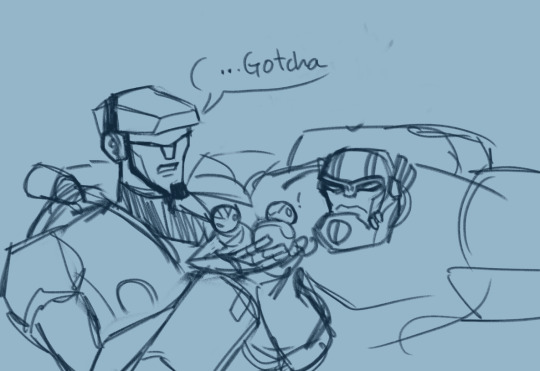

they cant fly until they get limbs and little baby thrusters but they sure can use their other powers. also the part about blurr i drew something stupid and then remembered rise of safeguard actually takes place during season 2. have it anyway
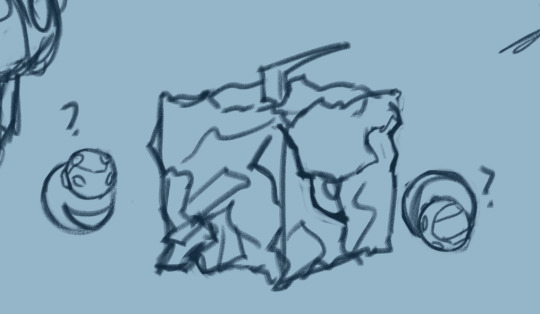
#blurr wouldnt be involved anyway not his monkeys not his circus#my art#orbabies#clarification also divorcebaby is ratchet with protoform optimus the general orb shenanigans are just. in the orbabies tag#jazz tfa#sentinel prime tfa#perceptor tfa#wheeljack tfa#once again not . really gonna tag the orbguys#wheeljack has a mustache and beard but no mouth. got rid of it so he wouild stop ingesting poisonous gasses#BASICALLY what happened was. well when the original refinery workers fucking Exploded the only way they were able to stay alive#w how damaged they were was for them to turn back into protoforms. so theyre kind of like. entirely different guys now. except not really t#theyre exactly the same as they were before they just fly now. but on paper they're new guys. and also fetuses at the moment#transformers animated
128 notes
·
View notes

